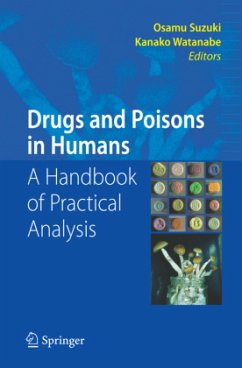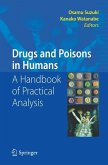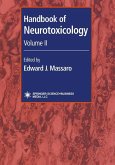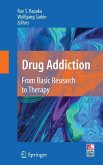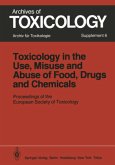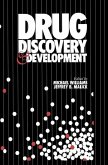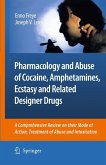It was with great pleasure that I accepted the invitation to write the foreword for Drugs and Poisons in Humans. A Handbook of Practical Analysis. Dr. Osamu Suzuki and Dr. Mikio Yashiki, two outstanding Japanese scientists, f rst published the Handbook in Japanese in 2002. Specialists throughout Japan contributed analytical methods for a wide variety of therapeutic and illicit drugs, pesticides, and natural toxins and alkaloids. In fact, rarely has such a wide spectrum of analytes and metabolites been addressed within a single reference manual. At the beginning of the book, general topics are addressed, including instructions on h- dling biological materials, measurement of drugs in alternative specimens, and guidance on resolving analytical problems that may occur. T ere are discussions of extraction modalities and detection methodologies and how to select these appropriately based on the physioche- cal characteristics of the drug. Analysis of specif c classes of drugs and relevant metabolites are covered in subsequent chapters. Clinical, analytical and forensic toxicology and clinical ch- istry laboratories will f nd the volume informative and useful. Toxicologists are of en faced with developing methods for new drugs and metabolites with little information available in the literature. T is book provides a great starting point for method development providing pro- dures that have been utilized in real life situations. In addition, toxicologists developing new methodologies may use this volume as a guide to selecting the most appropriate instrumen- tion to handle the breadth of their analytical workload.
Bitte wählen Sie Ihr Anliegen aus.
Rechnungen
Retourenschein anfordern
Bestellstatus
Storno

